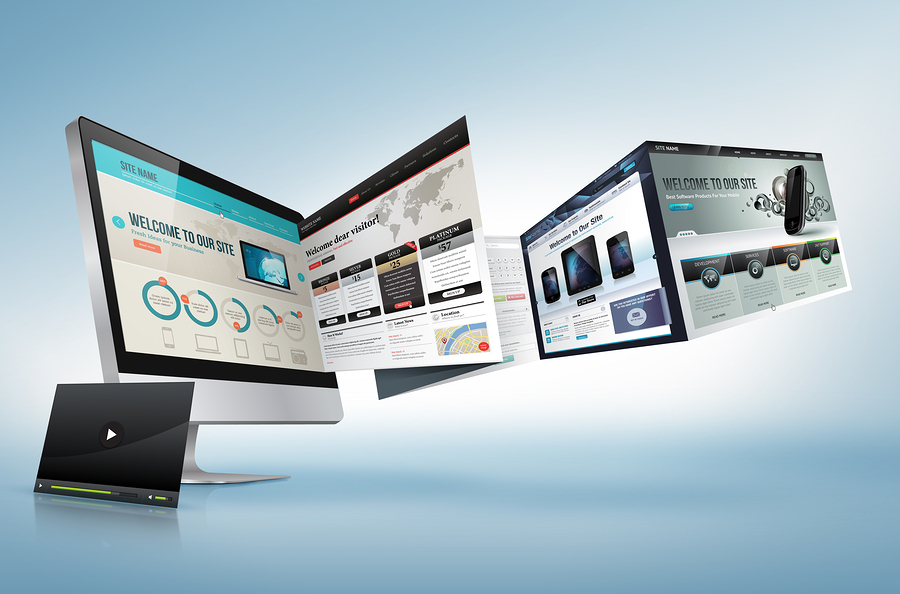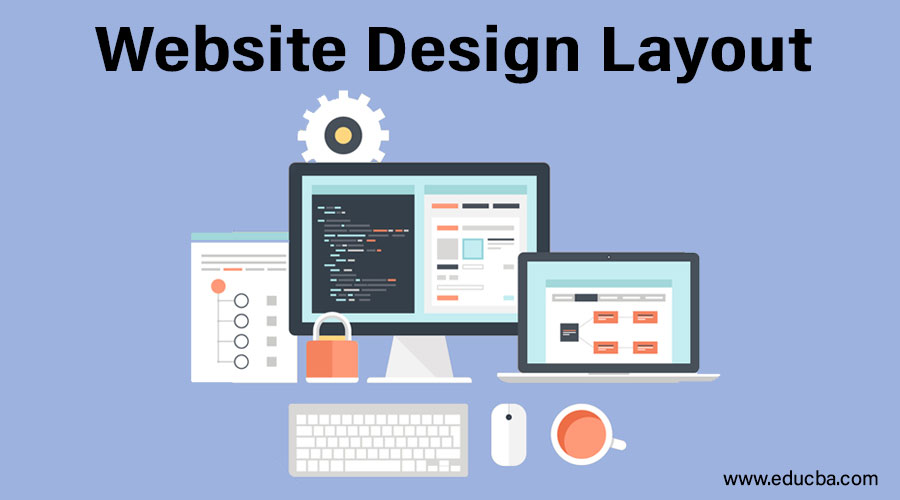How Website Design Affects User Experience and Customer Engagement
How Website Design Affects User Experience and Customer Engagement
Blog Article
Modern Web Site Layout That Catches Focus and Transforms
In a progressively electronic landscape, contemporary web site style has actually become a crucial variable in catching individual attention and driving conversions. By tactically using aesthetic pecking order, responsive designs, and involving interactive aspects, developers can produce experiences that not only draw in site visitors yet additionally facilitate significant interactions. Moreover, efficient call-to-action methods play an important duty in directing customers toward preferred end results. As we explore these important components, it becomes clear that understanding their interaction can dramatically impact an internet site's efficiency and user satisfaction. What are the crucial elements that absolutely make a difference?
Significance of Visual Pecking Order
Aesthetic hierarchy is a critical element in site layout, as it overviews users' interest and improves their overall experience. By purposefully organizing web content, designers can guide users to the most crucial info initially, consequently increasing involvement and enhancing use.
Including a logical circulation in material arrangement is vital; as an example, placing one of the most critical info on top of a web page promotes immediate recognition. In addition, regular use typography, such as varying font sizes and styles, assists establish a clear content structure. This organization not just aids in navigating but additionally constructs trust fund, as users feel much more comfy when they can conveniently discover what they are trying to find.
Ultimately, a well-executed visual hierarchy not just enhances aesthetic charm yet additionally substantially affects user habits. By prioritizing essential components and guaranteeing a smooth experience, developers can effectively transform site visitors into clients, strengthening the relevance of this fundamental design principle in contemporary website growth.
Responsive Design for All Devices
Producing a smooth experience throughout various devices is important in today's electronic landscape, where customers accessibility sites from desktop computers, tablet computers, and smartphones alike. Receptive style is a critical strategy that ensures sites adjust fluidly to various display orientations, resolutions, and sizes. By utilizing adaptable grids, photos, and CSS media inquiries, designers can create layouts that keep aesthetic honesty and functionality, despite the gadget being made use of.
The relevance of receptive style extends past appearances; it straight influences user involvement and conversion rates. An internet site that works well on all gadgets motivates longer sees and lowers bounce rates, as customers are more probable to interact with content that is very easy to browse. Search engines, especially Google, focus on mobile-friendly websites in their rankings, making responsive design a crucial part of search engine optimization (SEARCH ENGINE OPTIMIZATION)
Including responsive layout not just enhances customer experience however likewise improves the development procedure. By developing a single site that works throughout tools, services can conserve time and resources contrasted to developing different mobile and desktop computer variations. Eventually, responsive design is a basic strategy for modern website design, making certain accessibility and satisfaction for all customers, no matter of their device.
Involving Interactive Aspects
While a receptive style lays the groundwork for a practical web site, integrating interesting interactive aspects is critical for recording user attention and fostering much deeper links. Website Design. Interactive aspects, such as animations, quizzes, and clickable infographics, create an extra vibrant individual experience, motivating visitors to invest even more time on the site
Integrating interactive functions can additionally assist customers with complicated information, making it easier to absorb material. Interactive sliders can illustrate item variants, while embedded video clips can offer demonstrations or endorsements that reverberate more than fixed pictures or text. Additionally, gamification methods, like incentives for finishing jobs or involving with material, can improve user motivation and retention.
Reliable use interactive elements not just enhances the customer experience but can additionally cause greater conversion prices. By making communications insightful and pleasurable, organizations can cultivate a feeling of loyalty and count on with their target market. It is important to stabilize interactivity with efficiency; overly complicated attributes may prevent site speed, adversely influencing user contentment. Inevitably, integrating properly designed interactive components can substantially boost a website's effectiveness, driving involvement and conversions in today's affordable electronic landscape.
Structured Navigating Practices
Efficient navigating is a keystone of any type of successful web site, as it straight affects individual experience and material availability. Streamlined navigation practices ensure that users can conveniently situate information, enhancing their communication with the website. A well-structured navigating menu should be instinctive and basic, typically including a minimal number of primary categories to avoid frustrating site visitors.
To attain streamlined navigation, developers need to focus on a hierarchical structure that realistically organizes material. Carrying out breadcrumb tracks can supply individuals with context concerning their existing area within the website, permitting seamless backtracking. In addition, making use of drop-down menus can efficiently save room while still supplying accessibility to subcategories.
Receptive design is important, as navigation ought to be functional throughout all devices (Website Design). Mobile users, specifically, gain from touch-friendly food selections and collapsible areas that preserve usability without jeopardizing visual appeals

Reliable Call-to-Action Approaches
A well-crafted call-to-action (CTA) is vital for assisting individuals toward wanted end results on a website, as it encourages them to engage with web content or buy. To maximize their effectiveness, CTAs need to be clear, compelling, and strategically put throughout the site.
First, utilize action-oriented language that connects urgency or worth, such as "Get going," "Sign up with Now," or "Case Your see Discount." This language not just motivates individuals yet likewise establishes clear expectations regarding the next actions.
Second, take into consideration style elements; CTAs must stand apart aesthetically through contrasting colors, adequate whitespace, and famous positioning. A switch that is simple to see and click rises the probability of user interaction.
In addition, personalizing CTAs based on individual habits or demographics can significantly enhance content engagement. Customized messages resonate extra with users, driving higher conversion rates.

Final Thought
Finally, modern site design emphasizes the assimilation of visual hierarchy, receptive layouts, involving interactive elements, streamlined navigating, and efficient call-to-action strategies. These parts collectively improve customer experience, ensuring that site visitors remain engaged and encouraged to explore material better. By prioritizing these style concepts, companies can dramatically improve user retention and conversion rates, eventually resulting in higher success in the electronic landscape. The continual advancement of website design underscores its crucial function in reliable on-line communication and marketing.
In a significantly electronic landscape, modern internet site layout has actually emerged as a pivotal element in capturing individual attention and driving conversions.Aesthetic power structure is an essential aspect in web visit here site layout, as it overviews individuals' attention and boosts their general experience.The importance of receptive style extends past visual appeals; it directly influences individual interaction and conversion rates.Incorporating receptive design not only boosts customer experience yet likewise improves the development process. Ultimately, responsive style is an essential technique for contemporary site design, making certain accessibility and contentment for all customers, no matter of their tool.
Report this page